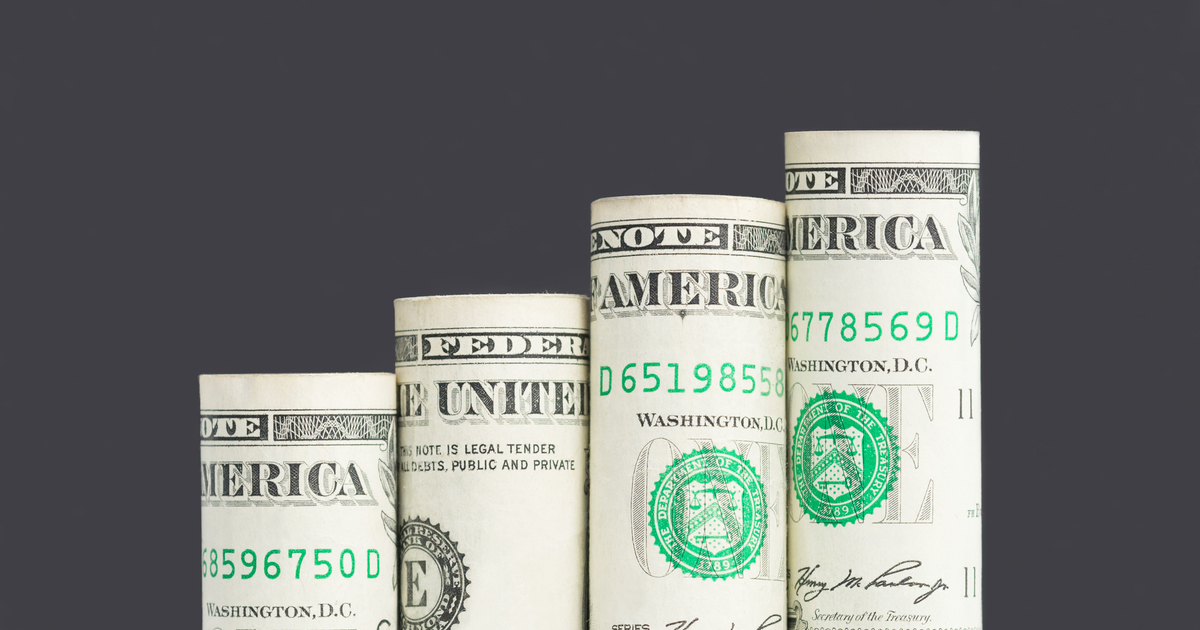
Bank interest rates will grow to 6.9 percent on direct 60-month new-vehicle loans and 7.8 percent on direct 48-month used-vehicle loans over the course of the year, Bankrate chief financial analyst Greg McBride predicts.
McBride’s projections this month give dealership staff seeking to match customers with indirect auto loans from partner lenders a sense of the APR competition they’ll face if those consumers already secured direct financing from banks. The average new-vehicle interest rate from a dealership loan reached 6.5 percent in the fourth quarter, while the average used-vehicle dealership APR reached 10 percent, according to Edmunds.
Five-year new-vehicle loans directly from banks started last year at 3.9 percent interest Jan. 5, 2022, and rose to 6.1 percent by Dec. 28, 2022, according to Bankrate. APRs on four-year used-vehicle bank loans climbed to 6.8 percent from 4.4 percent during the same time, Bankrate said.
McBride’s new- and used-vehicle estimates involve far shorter terms than the roughly 70-month industry averages. However, he told Automotive News interest rates on longer-term finance contracts should follow a similar pattern as the four- and five-year loans he examined.
The Federal Reserve spent 2022 fighting inflation by raising its benchmark interest rate more than 4 percentage points, and the central bank is likely to add further rate increases this year.
“That job is not yet done,” McBride said.
McBride said his forecast anticipates the Fed would bump the federal funds rate another percentage point in the first half of 2023, and then “move to the sidelines.” He did not anticipate the Fed cutting its benchmark rate in 2023, merely plateauing it.
The Fed’s moves raise the prospect of higher borrowing costs for new and used vehicles, and other forms of credit, notably mortgages.
Auto loan rates would follow a similar trajectory of rising and then leveling off in 2023, McBride said.
McBride said banks haven’t been reacting to increases in the Fed’s rate by offering fewer loans. The industry has a surplus of deposits right now and banks are instead opting to be “stingy” with payments to customers who keep money there, he said.
“It’s more a matter of: They don’t want to be bringing in additional deposits,” McBride said. Banks were “trying to lend out what they have,” he said.
But should delinquencies or defaults rise, banks would have less of an appetite for writing riskier debt, he said.
McBride’s calculations do not reflect the competition from direct loans offered by credit unions.
Experian data indicates credit unions have boomed in market share during the past year. That segment captured 28 percent of all new- and used-vehicle loans and leases during the third quarter — more than any other lender, and up 8 percentage points from a year earlier.
Banks have been raising interest rates at “an equally rapid clip” as the Federal Reserve, McBride said. But credit unions haven’t followed suit to the same degree, he said.
“You’re still seeing some deals in the credit union space,” said McBride, calling such arrangements “much harder to find in the bank space.” He said banks tend to tighten up first.